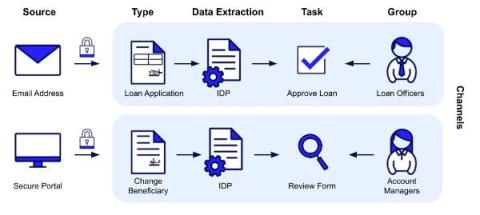4 Essential Facts About Data Fabric Architecture
What is data fabric architecture? The case for data fabric 4 key facts about data fabric architecture Data fabric architecture can modernize and future-proof your data approach Data fabric architecture is a virtual data layer that connects any number of external systems together to provide unified access and a complete, 360-degree view of an organization’s data. Whether your data lives in legacy systems or multi-cloud environments, a data fabric can connect these systems together for a unified view.










